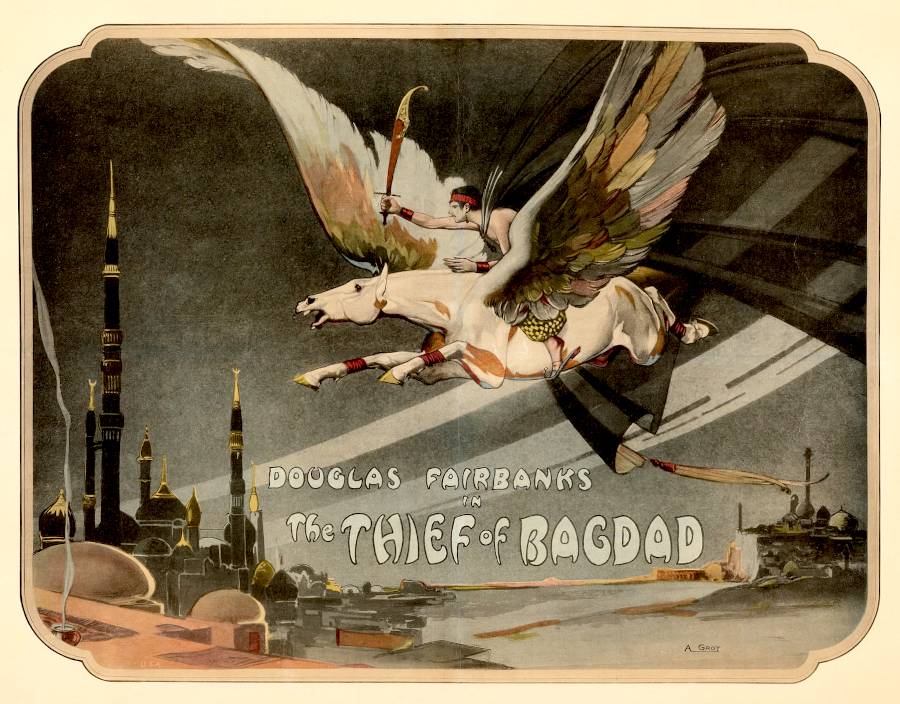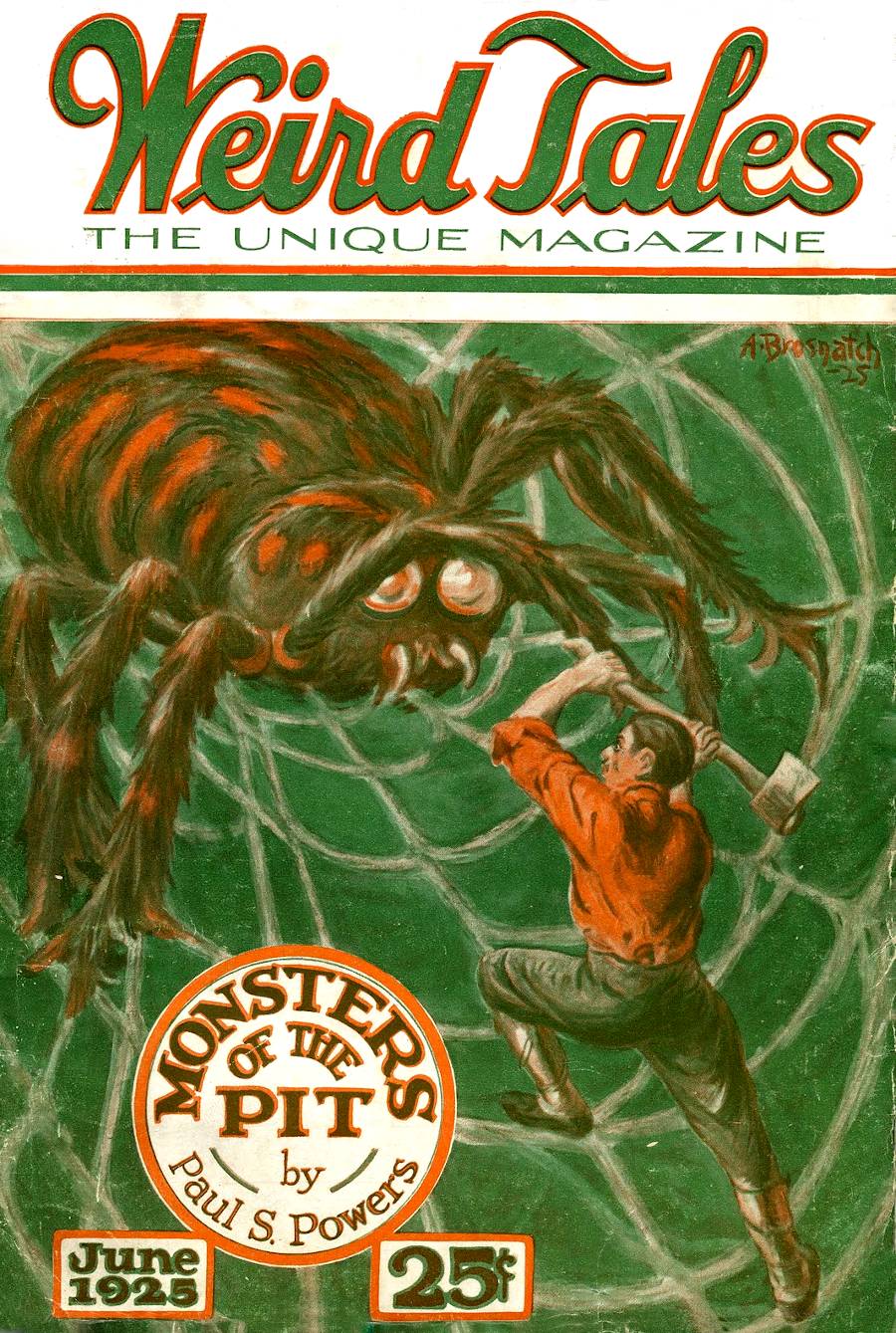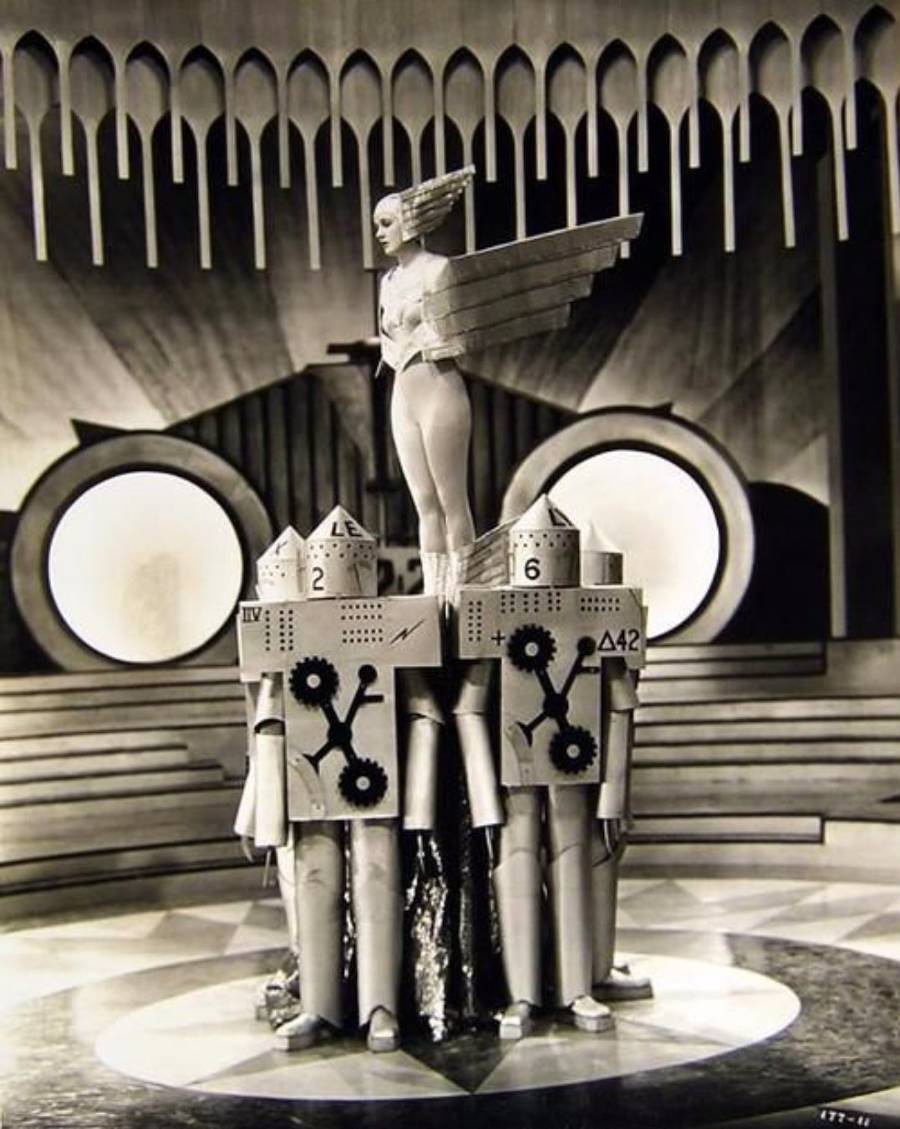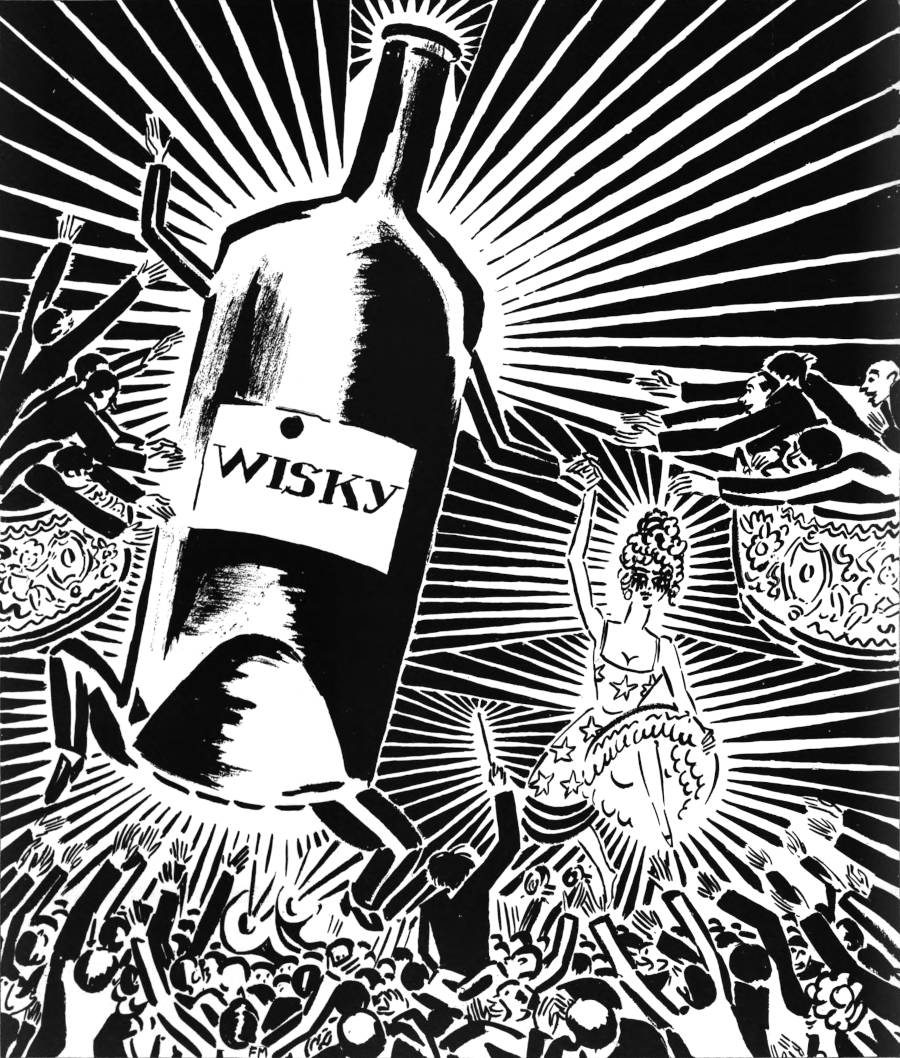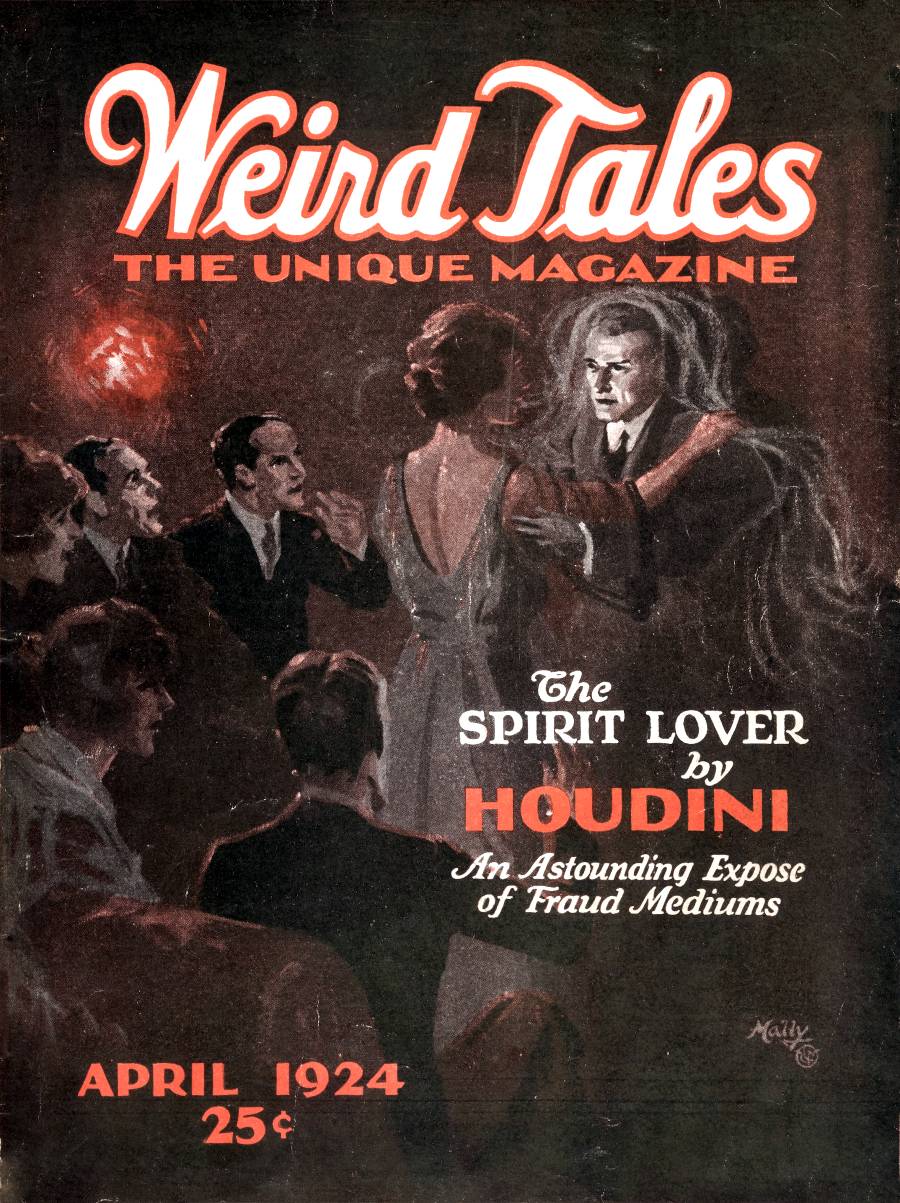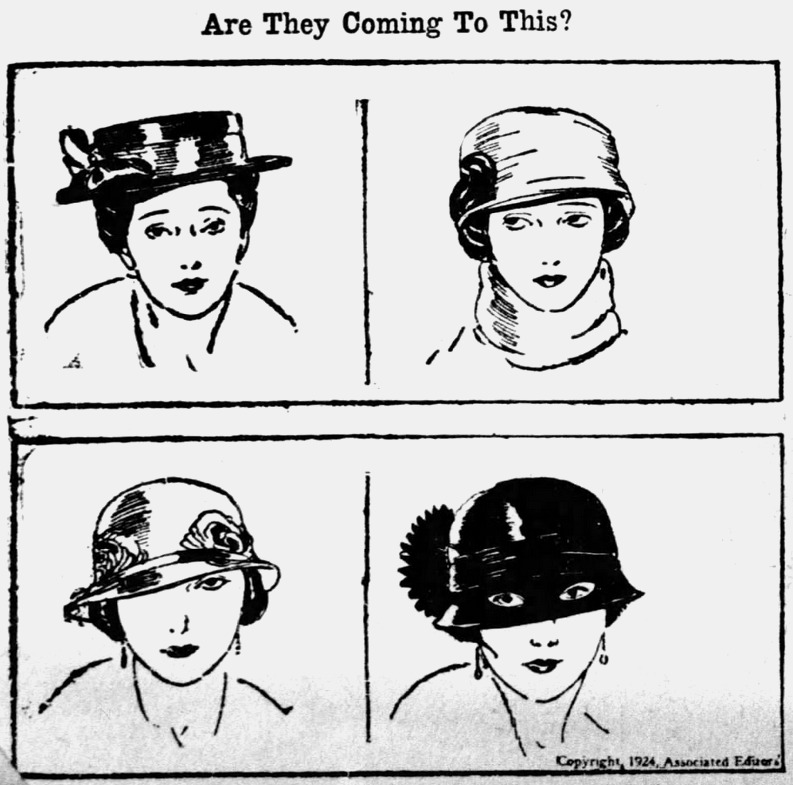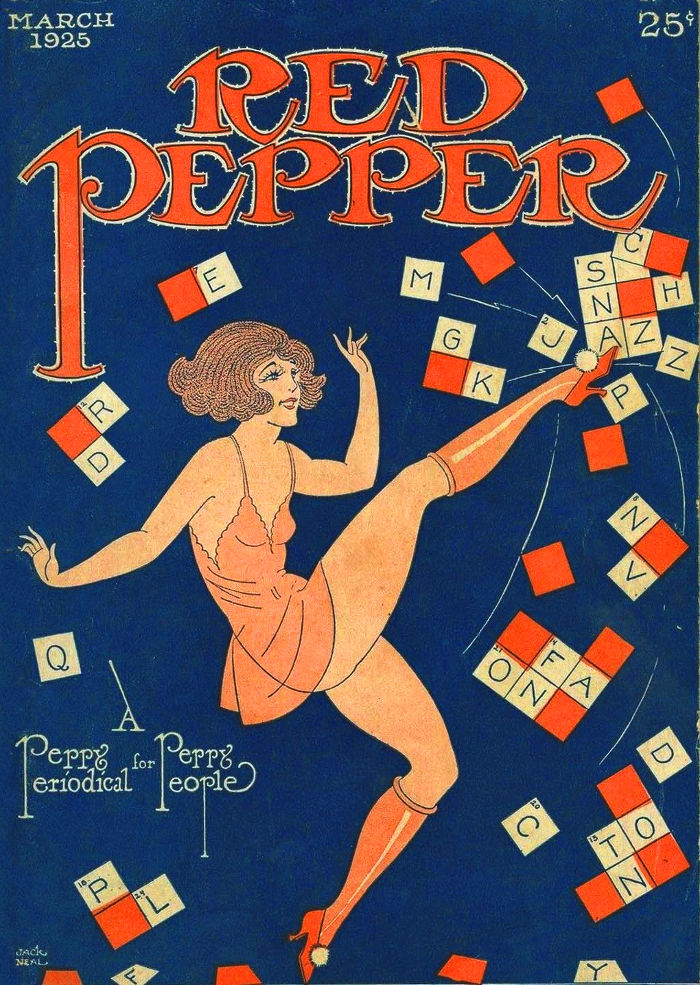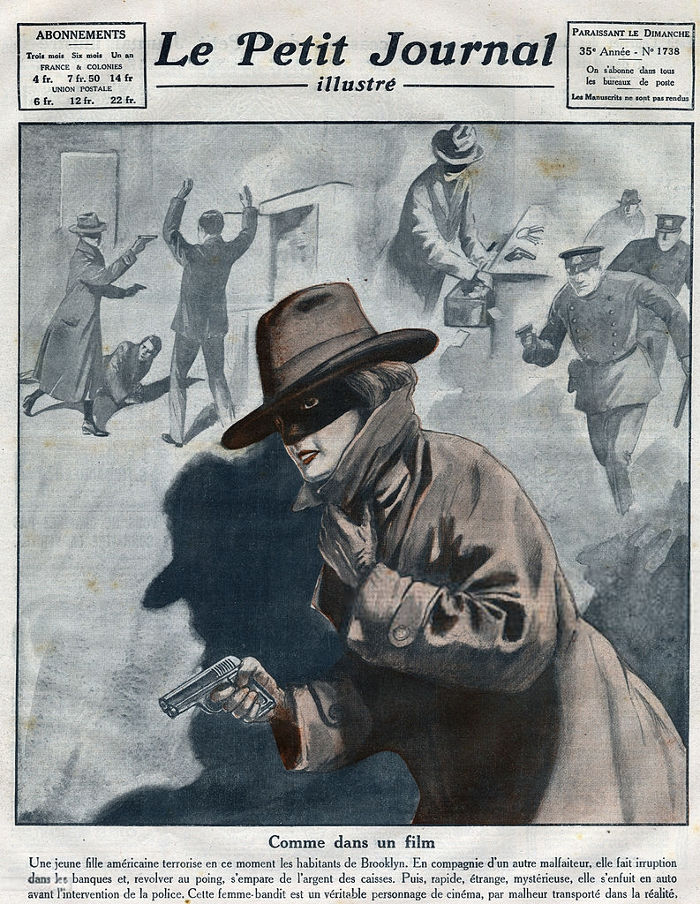The Cain’s Dancing Academy building is a rectangular, sandstone and brick, commercial building with a pitched roof. The building is classified as an American Movement of the Late 19th and Early 20th Century. There are reports that it was built for use as a garage but it never operated as such.
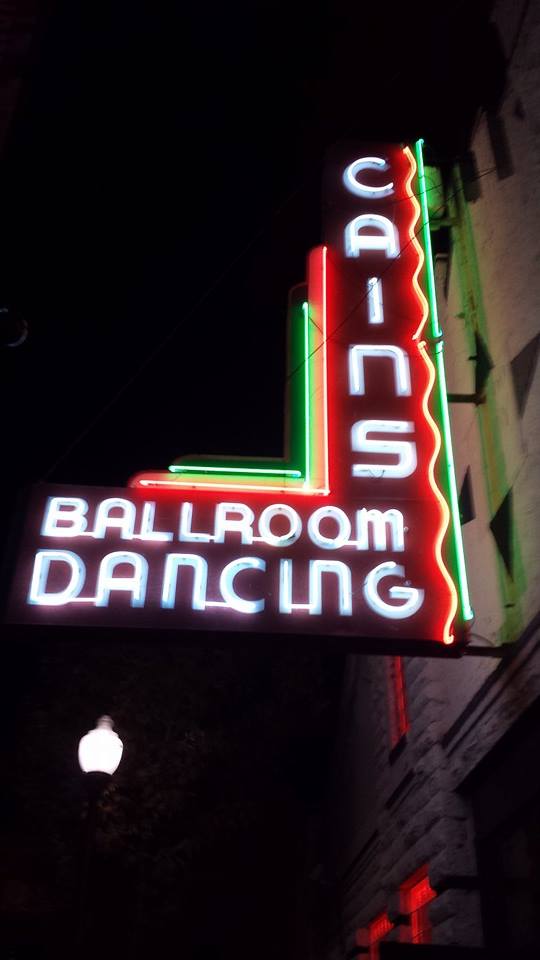
The “Cain’s” features a ballroom that measure 79 feet by 90 feet. The highlight of the ballroom is the historic, spring-loaded, curly maple dance floor that is laid in a “log cabin” or concentric square pattern. The historic, painted, white, drop ceiling is ornamented with painted red diamonds. Lighting the dance floor is a four foot, blue and red neon star which was likely added circa 1950 when other changes were made including the addition of photographs of noted musical artists that line the walls. These photographs include Bob Wills, Johnnie Lee Wills, Ernest Tubb, Ted Williams, Kay Starr and Tennessee Ernie Ford.
The “Cain’s” was known for its association with Bob Wills who was known as the “King of Western Swing.” Wills made a significant contribution to American music from the 1930s through the 1960s. He has been inducted into both the Country Music Hall of Fame (1968) and the Rock and Roll Hall of Fame (1999).
Cain’s Dancing Academy was listed in the National Register on September 4, 2003. It was listed under Criteria B and its NRIS number is 03000874. (From archived post from the Tulsa Preservation Commission)
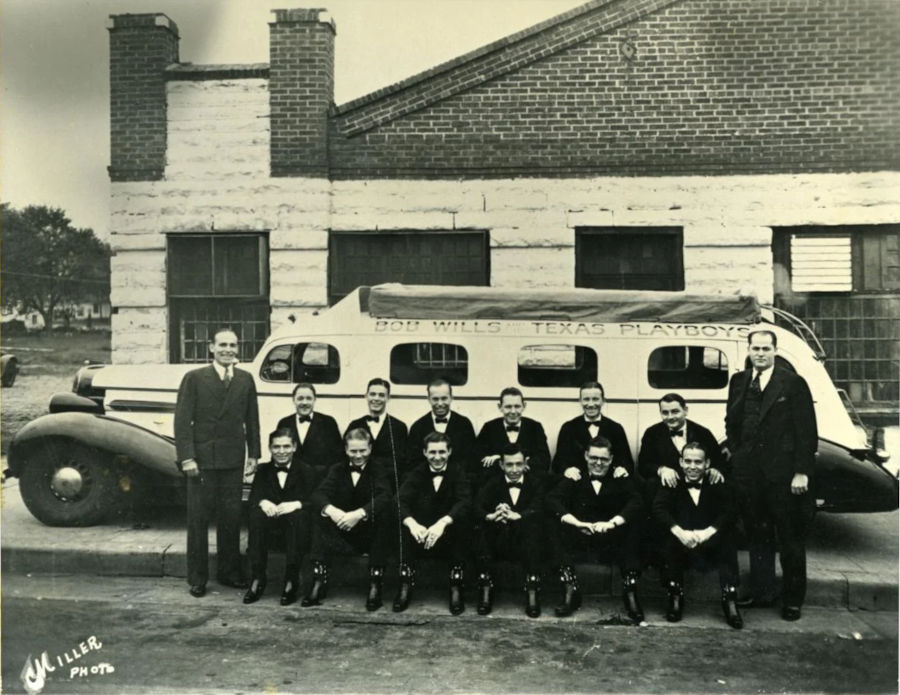
Bob Wills and the Texas Playboys in front to the Cains
